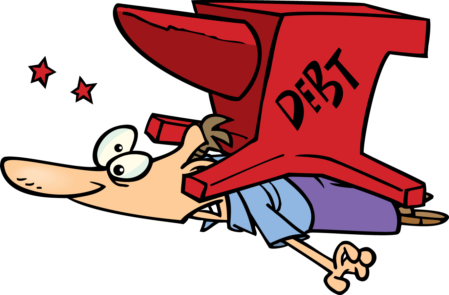Accounts Receivable Bad Debts
Quick Bookkeeping Insights > Advanced Topics > Accounts Receivable Bad Debts
Accounts receivable refers to the amount of money that a company is owed by its customers for goods or services that have been delivered but not yet paid for. It is considered an asset on the company's balance sheet. When a company makes a sale on credit, the amount is recorded as an account receivable.

Bad debts, on the other hand, refer to the uncollectible portion of accounts receivable. It occurs when a customer is unable or unwilling to pay their outstanding balance. This can happen due to various reasons such as financial difficulties, bankruptcy, or disputes over the quality of the goods or services provided.
Businesses must account for bad debt expenses using one of two methods.
The first is the direct write-off method, which involves writing off accounts when they are identified as uncollectible. The accounts receivable acount is credited and the bad debt expense account is debited. While this method records the precise figure for accounts determined to be uncollectible, it fails to adhere to the matching principle used in accrual accounting and generally accepted accounting principles (GAAP).
The second uses the matching principle, which requires that expenses be matched to related revenues in the same accounting period they are generated. To account for bad debts, companies use an allowance method. They estimate the amount of accounts receivable that is unlikely to be collected and record it as a contra-asset account called the allowance for doubtful accounts. The bad debt expense is debited and the allowance account is credited. This serves as a provision to offset the accounts receivable, reducing its net realizable value. When an actual bad debt is identified, the company writes it off by debiting the allowance for doubtful accounts and crediting the accounts receivable account. This reflects the reduction in the company's accounts receivable balance and its recognition of the uncollectible debt.
Accounts Receivable-Bad Debts Videos
